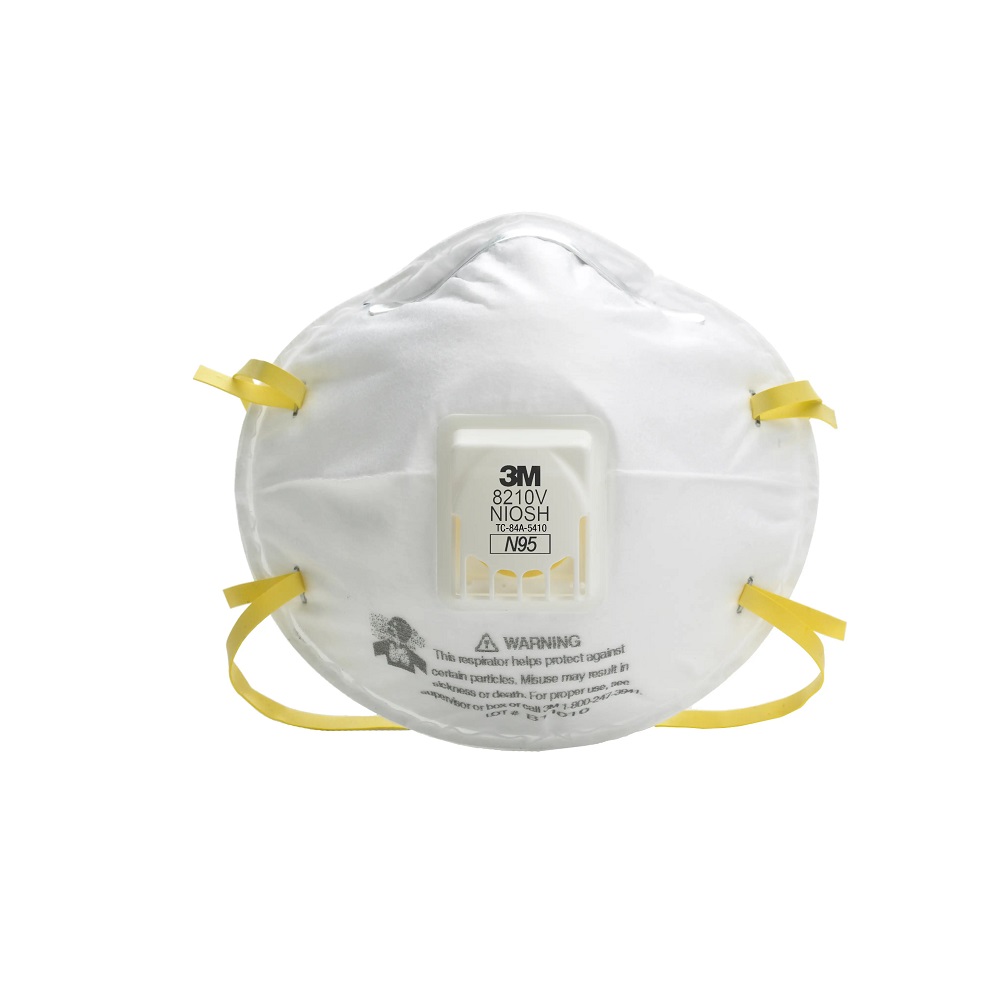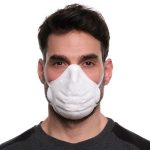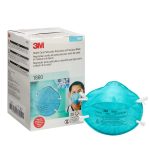What Are N95 Masks?
N95 masks, also known as N95 respirators, are a type of personal protective equipment (PPE) designed to filter out at least 95% of airborne particles, including small particles (0.3 microns or larger). These masks are commonly used in healthcare settings and other environments where exposure to harmful airborne particles is a concern. The “N” in N95 stands for “non-oil,” meaning the mask is not resistant to oil-based particles, while the “95” indicates that it can filter out 95% of airborne particles. N95 masks are typically made from a non-woven polypropylene material and are designed to fit tightly around the face, creating a seal that minimizes the entry of unfiltered air. They are often used by healthcare workers, construction workers, and others who need protection from dust, fumes, and other airborne contaminants.
How Do N95 Masks Work?
The effectiveness of N95 masks lies in their design and the materials used. The primary mechanism by which N95 masks filter out particles is through a combination of mechanical and electrostatic filtration. The non-woven polypropylene material in the mask has a complex web of fibers that trap particles as they pass through. Additionally, the fibers are electrostatically charged, which enhances their ability to attract and capture particles. This dual-layered approach ensures that even very small particles, such as viruses and bacteria, are effectively filtered out. The tight fit of the mask around the face is also crucial, as it prevents unfiltered air from entering through gaps between the mask and the skin. Proper fit and usage are essential to ensure the mask’s effectiveness, and users are often advised to perform a fit test to ensure a proper seal.
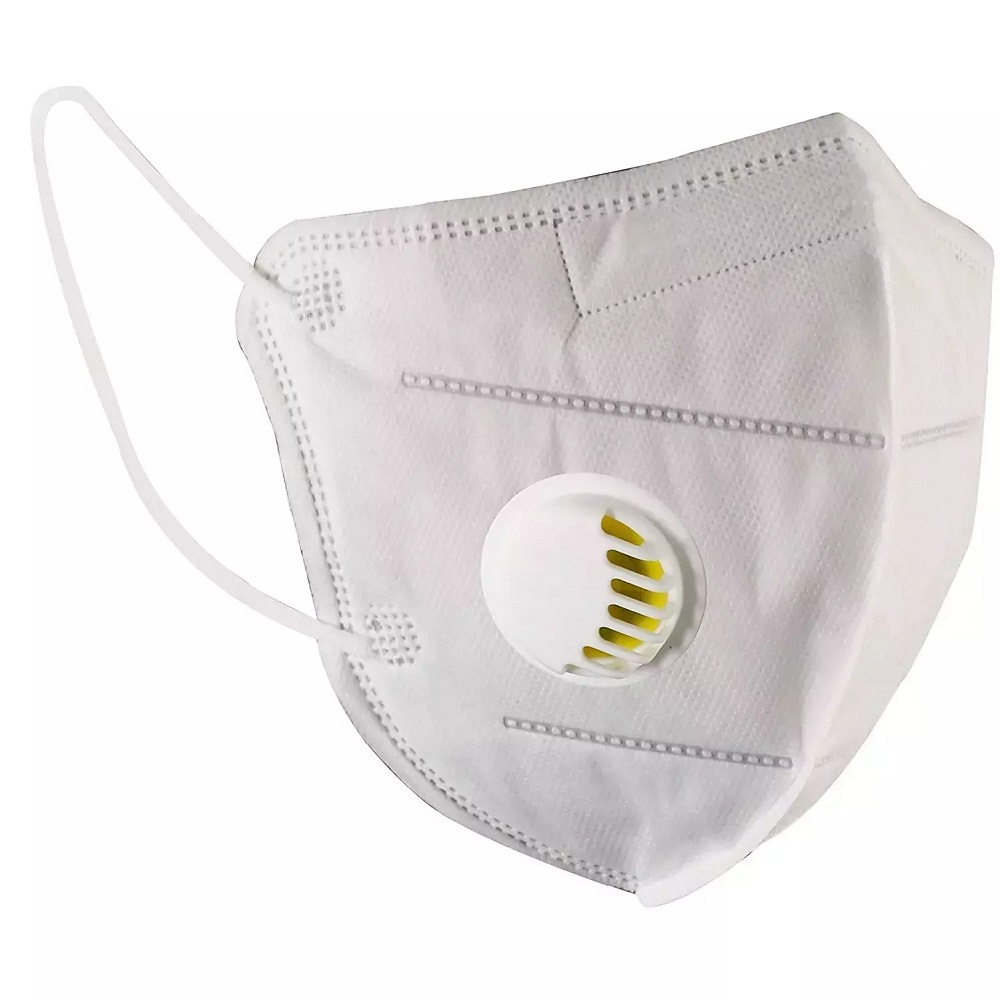
N95 Masks with Valves: An Introduction
What Are N95 Masks with Valves?
N95 masks with valves, also known as exhalation valve respirators, are a variant of the standard N95 mask. These masks include a one-way valve on the front, which allows for easier exhalation. The valve opens when the wearer exhales, allowing warm, moist air to escape more easily, and closes during inhalation, ensuring that incoming air still filter. This design feature can make the mask more comfortable to wear for extended periods, as it reduces the buildup of heat and moisture inside the mask. However, the presence of the valve has raised questions about its safety and effectiveness, particularly in the context of infectious diseases like COVID-19.
How Do N95 Masks with Valves Differ from Standard N95 Masks?
The primary difference between N95 masks with valves and standard N95 masks is the presence of the exhalation valve. While both types of masks provide similar levels of filtration for the wearer, the valve in the valved N95 mask changes the dynamics of airflow. In a standard N95 mask, both inhalation and exhalation occur through the same filter, ensuring that all air passing in and out filter. In contrast, the valve in a valved N95 mask allows exhaled air to bypass the filter, which can be a significant concern in certain situations. This difference means that while the wearer protect from inhaling harmful particles, the exhaled air may not filter, potentially allowing the spread of pathogens if the wearer infect. This has led to debates about the appropriateness of using valved N95 masks in healthcare settings and other environments where source control is important.
Safety and Effectiveness of N95 Masks with Valves
Filtration Efficiency: How Effective Are N95 Masks with Valves?
In terms of filtration efficiency, N95 masks with valves are just as effective as standard N95 masks for the wearer. Both types of masks design to filter out at least 95% of airborne particles, including those as small as 0.3 microns. The key factor in this efficiency is the quality and integrity of the filter material, which remains the same in both valved and non-valved N95 masks. The electrostatic charge and the mechanical structure of the non-woven polypropylene material ensure that particles are effectively captured, regardless of whether the mask has a valve. Therefore, if the primary concern is protecting the wearer from inhaling harmful particles, a valved N95 mask is just as effective as a standard N95 mask.
Source Control: The Role of Exhalation Valves in Spreading Pathogens
One of the main concerns with N95 masks with valves is their role in source control, which refers to the ability to prevent the spread of pathogens from the wearer to others. Unlike standard N95 masks, which filter both inhaled and exhaled air, valved N95 masks allow exhaled air to pass through the valve without filter. This means that if the wearer is infected with a contagious disease, such as COVID-19, the virus can expel into the environment, potentially infecting others. This is a significant drawback, especially in healthcare settings or other environments where the risk of transmission is high. For this reason, many public health guidelines, including those from the Centers for Disease Control and Prevention (CDC), do not recommend the use of valved N95 masks in situations where source control is necessary.
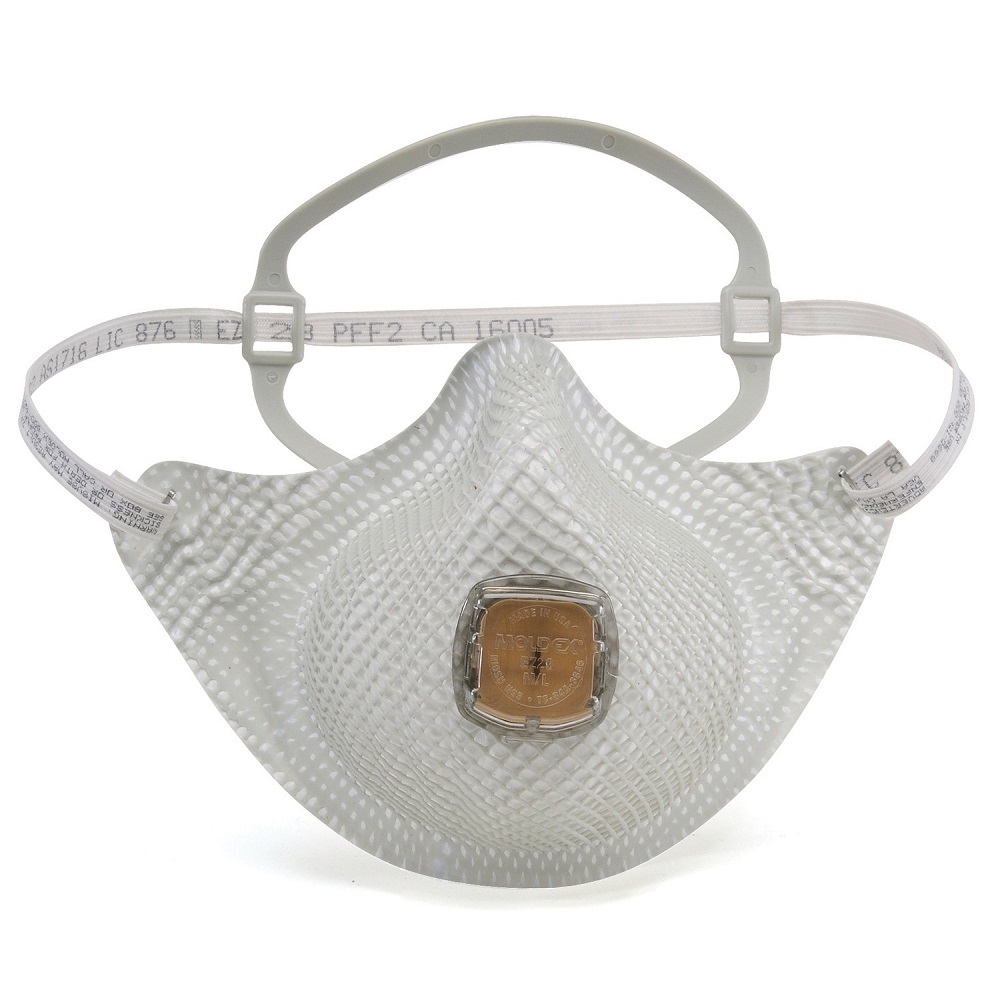
Practical Considerations: Comfort and Usage
Comfort and Breathability: Advantages of N95 Masks with Valves
One of the main advantages of N95 masks with valves is their improved comfort and breathability. The exhalation valve allows warm, moist air to escape more easily, reducing the buildup of heat and moisture inside the mask. This can make the mask more comfortable to wear for extended periods, which is particularly important for individuals who need to wear the mask for long durations, such as healthcare workers or those in industrial settings. The reduced humidity and temperature inside the mask can also help to prevent fogging of glasses, a common issue with standard N95 masks. Additionally, the ease of exhalation can reduce the feeling of resistance and discomfort that some users experience with standard N95 masks. This increased comfort can lead to better compliance and longer wear times, which can be beneficial in ensuring consistent protection.
Usage Guidelines: When and Where to Use N95 Masks with Valves
The decision to use N95 masks with valves should be based on the specific needs and risks of the situation. In general, valved N95 masks are most appropriate in settings where the primary concern is protecting the wearer from inhaling harmful particles, and there is no need for source control. For example, in industrial settings where workers expose to dust, fumes, or other airborne contaminants, valved N95 masks can provide effective protection while also improving comfort. However, in healthcare settings or other environments where the risk of transmitting pathogens to others is a concern, the use of valved N95 masks generally not recommend. In these cases, standard N95 masks or other types of masks that filter both inhaled and exhaled air prefer.
Regulatory and Public Health Perspectives
CDC and WHO Recommendations: Guidance on N95 Masks with Valves
The Centers for Disease Control and Prevention (CDC) and the World Health Organization (WHO) provide guidance on the use of N95 masks, including those with valves. The CDC does not recommend the use of N95 masks with valves in healthcare settings, as they do not provide source control. The CDC advises that healthcare workers and others in close contact with patients or the public should use standard N95 masks or other types of masks that filter both inhaled and exhaled air. Similarly, the WHO recommends the use of medical masks or respirators without exhalation valves in healthcare settings. These recommendations are based on the need to prevent the spread of pathogens from the wearer to others, which is a critical consideration in the context of infectious diseases.
Local Regulations and Guidelines: Variations in Requirements
Local regulations and guidelines regarding the use of N95 masks with valves can vary, and it is important to be aware of and comply with these requirements. Some jurisdictions may have specific rules or recommendations for the use of valved N95 masks, particularly in healthcare settings or other high-risk environments. For example, some hospitals or healthcare facilities may prohibit the use of valved N95 masks entirely, while others may allow them in certain circumstances, such as for patients or visitors. Additionally, some countries or regions may have their own standards and certifications for respiratory protection, which may differ from the N95 standard. It is essential to consult local guidelines and regulations to ensure that the appropriate type of mask use in each situation. Compliance with these guidelines is crucial for maintaining the safety and well-being of both the wearer and those around them.
Alternatives to N95 Masks with Valves
Other Types of Respiratory Protection: Options for Different Scenarios
For situations where the use of N95 masks with valves is not appropriate, there are several alternatives that can provide effective respiratory protection. Standard N95 masks without valves are a reliable option, as they filter both inhaled and exhaled air, providing both personal protection and source control. Another alternative is the use of surgical N95 masks, which design specifically for healthcare settings and combine the filtration efficiency of an N95 mask with the fluid-resistant properties of a surgical mask. These masks are particularly useful in situations where there is a risk of splashes or sprays of bodily fluids. Additionally, powered air-purifying respirators (PAPRs) can use in high-risk environments, such as intensive care units or during aerosol-generating procedures. PAPRs provide a higher level of protection and are more comfortable to wear for extended periods, but they are also more complex and expensive.
Choosing the Right Mask: Factors to Consider
When choosing the right mask for a particular situation, several factors should consider to ensure both effectiveness and compliance. First, the level of protection needed should determin, based on the potential hazards and the risk of exposure. For example, in a healthcare setting, a mask that provides both personal protection and source control is essential, while in an industrial setting, the primary concern may be the filtration of inhaled particles. Second, the comfort and usability of the mask should take into account, as this can affect compliance and the overall effectiveness of the protection. Masks that are uncomfortable or difficult to wear may be less likely to use consistently. Third, the specific requirements and guidelines of the workplace or jurisdiction should follow, as these can vary and may have specific recommendations or restrictions.

Conclusion
Summary of Key Points
In summary, N95 masks with valves offer effective filtration for the wearer, providing protection against inhaling harmful particles. However, the presence of the exhalation valve means that these masks do not provide source control, which can be a significant concern in settings where the spread of pathogens is a risk. Standard N95 masks, surgical N95 masks, and other types of respiratory protection are available as alternatives, and the choice of mask should be based on the specific needs and risks of the situation. It is important to follow the guidelines and recommendations from public health authorities and local regulations to ensure the appropriate use of respiratory protection. By understanding the differences and considerations, individuals and organizations can make informed decisions to protect both themselves and others.
Final Thoughts: Balancing Protection and Comfort
Balancing protection and comfort is a key consideration when choosing respiratory protection. While N95 masks with valves offer improved comfort and breathability, they may not be suitable in all situations, particularly where source control is necessary. Standard N95 masks and other alternatives can provide both personal protection and source control, making them a more appropriate choice in many scenarios. Ultimately, the goal is to select a mask that provides the necessary level of protection while also being comfortable enough to ensure consistent and proper use. By carefully evaluating the options and following the appropriate guidelines, individuals and organizations can achieve this balance and maintain a safe and healthy environment.
